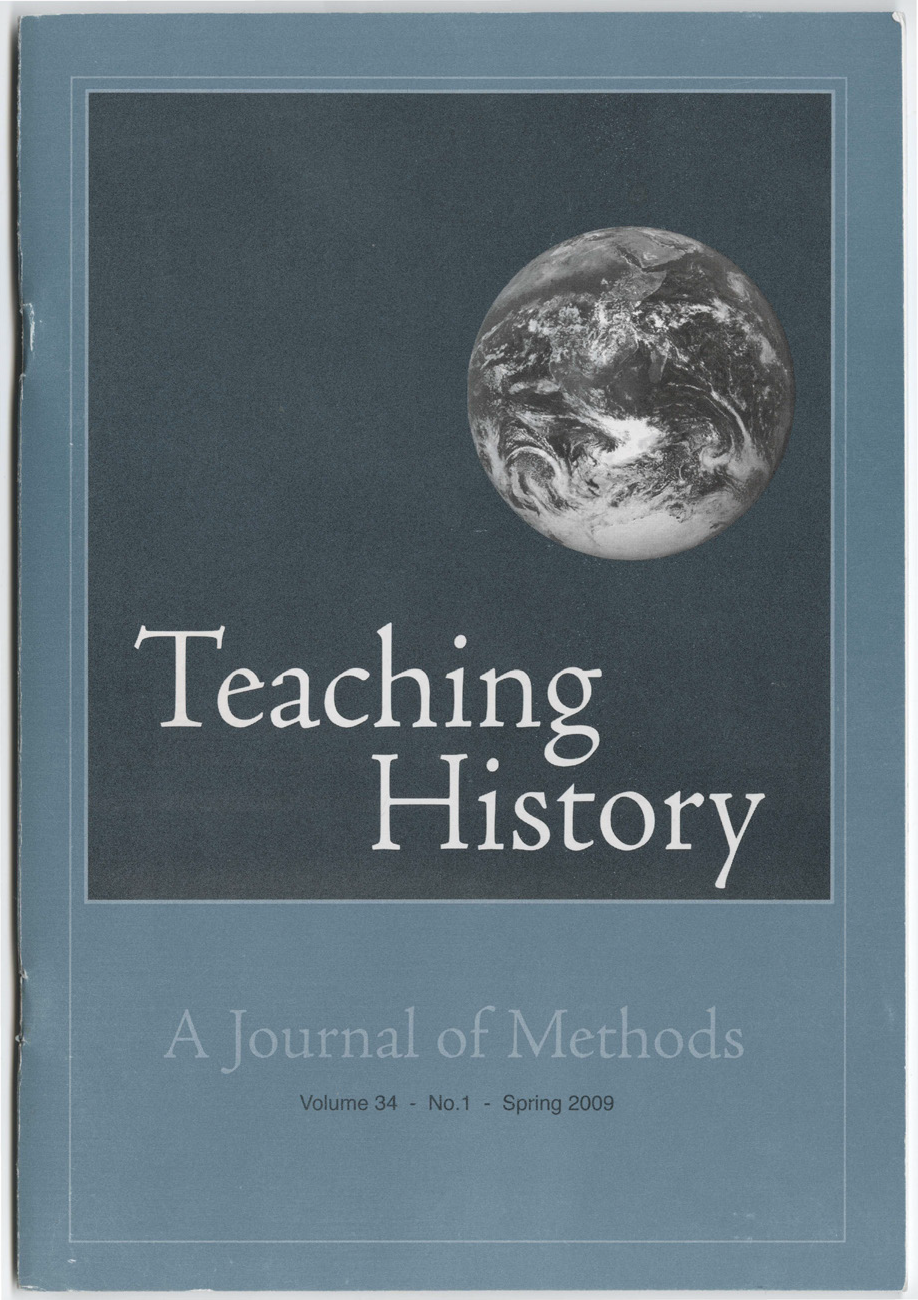From Content To Process
A World Civilizations Teaching Experiments
DOI:
https://doi.org/10.33043/TH.34.1.17-29Abstract
As a historian-teacher, I relied on my own experiences as a student to shape and structure my own teaching. The instructional method preferred by my mentors, colleagues, and even students has always been lecture, with minimal student participation, and I adopted that approach for myself. Lectures often included a smattering of visual arts, music, and video. We told students what to look at, what they were seeing, and how to interpret it. We relied on the benign ignorance of students as we faced the demands of academia: content limited by time, space, exams, cramped schedules, and a heavy teaching load. The students, particularly in survey and general education classes, simply did not know what they were not getting. Semester after semester I fought to get students involved in their own learning. More by instinct than by training, I insisted on student participation in the classroom.
Like most professors teaching World Civilizations, I feel challenged to cover the world in fifteen weeks. During most terms the schedule dictates pace and coverage. Table I provides a brief overview of how I traditionally organized the course and materials I covered.
Downloads
Downloads
Published
How to Cite
Issue
Section
License
Copyright (c) 2009 Marie E. Hooper

This work is licensed under a Creative Commons Attribution-NonCommercial-NoDerivatives 4.0 International License.
By submitting to Teaching History, the author(s) agree to the terms of the Author Agreement. All authors retain copyrights associated with their article or review contributions. Beginning in 2019, all authors agree to make such contributions available under a Creative Commons Attribution-NonCommercial-NoDerivatives 4.0 International license upon publication.



